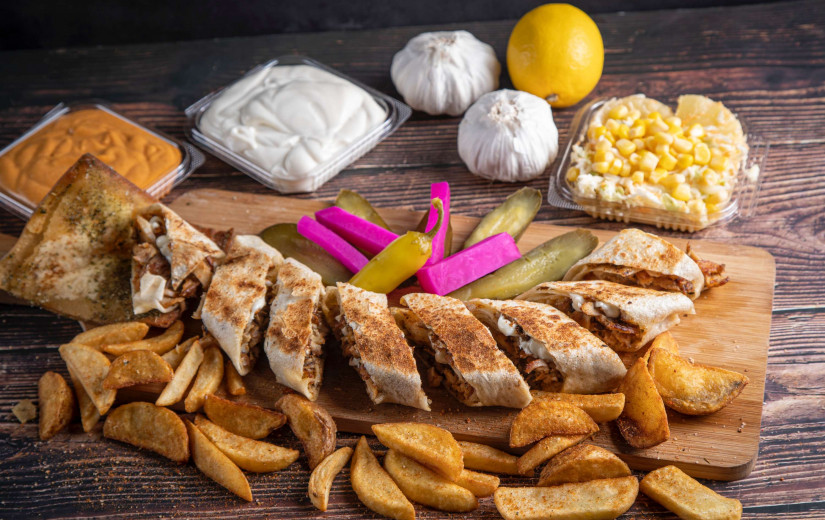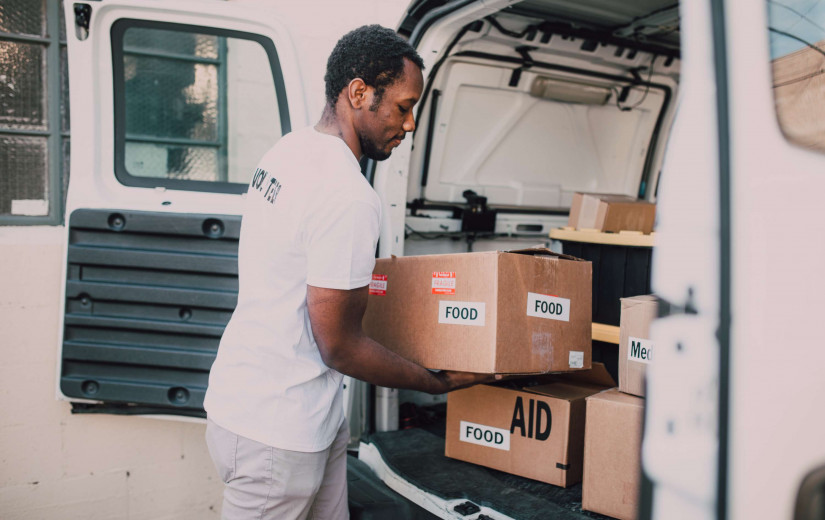Food Stamps (SNAP Food Benefits)
The Supplemental Nutrition Assistance Program, or SNAP as it is commonly referred, is part of the safety net program to fight domestic hunger. There are millions of people in the United States that receives benefits under this program. It is governed by the Food and Nutrition Service, which works with state and local agencies to ensure that those within the income limits have access to good nutrition.
History of The Food Assistance Program
The program began during the Great Depression, around 1933. In those days, it was called the Federal Surplus Relief Corporation. People purchased orange stamps that were issued by the government. These stamps were equal to their typical food expenditures. When a person bought a dollar's worth of orange stamps, they would also receive .50 cents in blue ones. The orange stamps were used to buy any type of food, but the blue stamps had regulations on them by the department. They were used for surplus items like vegetables, flour, meal, beans, and eggs.
Secretary of Agriculture, Henry Wallace was the mastermind behind this corporation. In 1939, President Franklin D. Roosevelt got behind this system, and he called it the New Deal Program. During an economic boom in 1943, the program ended. In 1961, President John F. Kennedy reintroduced the program to help needy people in pilot states across the country. The Great Society Program was officially accepted by President Lyndon Johnson in 1964. It was referred to as the Food Stamp Act and funded by the Federal Government. Though the program has been updated and had additional regulations added throughout the years, the concept all goes back to the original program that began in 1933.
Income Eligibility
There are currently 45 million Americans use the SNAP program. To be eligible for SNAP, a person must have an income that falls within the guidelines of the program. The eligibility must pass six areas to gain an approval. A family cannot have more than $2,250 in countable resources, or $3,250 if they are elderly or disabled. A person can also have one automobile, without a lien, that doesn't have a value beyond $4,650.
The next area is income. A family must pass both the gross and net income tests. They must be at 100 -130 percent of the federal poverty guidelines. The poverty guidelines for Alaska and Hawaii are higher than the other 48 states. The average family of four can receive a maximum of $649 in benefits, while a family of one will qualify for up to $194 a month. Snap benefits must be repaid in the form of work. A person must work 20 hours per week to pay for their benefits. The local center will help locate volunteer positions. They only way that a person will be excused from working for benefits is if they have a letter from their doctor stating they are unable to work. The elderly over 60 and disabled individuals are exempt from this policy.
Applying For Benefits
Each area has a local Supplemental Nutrition Assistance Program office. A person can go directly to this office to apply for benefits. It is helpful to use the online screening tool to see if a family is eligible. It can save a great deal of time to pre-screen and make sure the family income falls within the guidelines of the program. If the tool identifies that a family may qualify, then an application can be completed. The application process can also be done online too.
In some cases, expedited benefits will be issued right away. These are for people who have under $150 a month income or a migrant worker that has less than $100 in the bank. Normally, benefits are issued within 30 days from the date of the application.
Buying Groceries With SNAP
Though legislation is trying to tighten the guidelines on what a person can purchase with SNAP, for now, sugary foods and soda are still allowed. No taxable items, like soap, dog food, feminine products, or other toiletries are eligible. Any food item, except hot food items, will be covered. Items excluded are beer, wine, liquor, cigarettes or tobacco as well as vitamins and medicines.
There are currently no limits on how long a family can receive benefits. However, an able-bodied adult with no dependents can only get benefits for three months out of three years. Without this program, many people across this country would go hungry. Even though the limits and allowances are low, it still provides food to millions of people.
History of The Food Assistance Program
The program began during the Great Depression, around 1933. In those days, it was called the Federal Surplus Relief Corporation. People purchased orange stamps that were issued by the government. These stamps were equal to their typical food expenditures. When a person bought a dollar's worth of orange stamps, they would also receive .50 cents in blue ones. The orange stamps were used to buy any type of food, but the blue stamps had regulations on them by the department. They were used for surplus items like vegetables, flour, meal, beans, and eggs.
Secretary of Agriculture, Henry Wallace was the mastermind behind this corporation. In 1939, President Franklin D. Roosevelt got behind this system, and he called it the New Deal Program. During an economic boom in 1943, the program ended. In 1961, President John F. Kennedy reintroduced the program to help needy people in pilot states across the country. The Great Society Program was officially accepted by President Lyndon Johnson in 1964. It was referred to as the Food Stamp Act and funded by the Federal Government. Though the program has been updated and had additional regulations added throughout the years, the concept all goes back to the original program that began in 1933.
Income Eligibility
There are currently 45 million Americans use the SNAP program. To be eligible for SNAP, a person must have an income that falls within the guidelines of the program. The eligibility must pass six areas to gain an approval. A family cannot have more than $2,250 in countable resources, or $3,250 if they are elderly or disabled. A person can also have one automobile, without a lien, that doesn't have a value beyond $4,650.
The next area is income. A family must pass both the gross and net income tests. They must be at 100 -130 percent of the federal poverty guidelines. The poverty guidelines for Alaska and Hawaii are higher than the other 48 states. The average family of four can receive a maximum of $649 in benefits, while a family of one will qualify for up to $194 a month. Snap benefits must be repaid in the form of work. A person must work 20 hours per week to pay for their benefits. The local center will help locate volunteer positions. They only way that a person will be excused from working for benefits is if they have a letter from their doctor stating they are unable to work. The elderly over 60 and disabled individuals are exempt from this policy.
Applying For Benefits
Each area has a local Supplemental Nutrition Assistance Program office. A person can go directly to this office to apply for benefits. It is helpful to use the online screening tool to see if a family is eligible. It can save a great deal of time to pre-screen and make sure the family income falls within the guidelines of the program. If the tool identifies that a family may qualify, then an application can be completed. The application process can also be done online too.
In some cases, expedited benefits will be issued right away. These are for people who have under $150 a month income or a migrant worker that has less than $100 in the bank. Normally, benefits are issued within 30 days from the date of the application.
Buying Groceries With SNAP
Though legislation is trying to tighten the guidelines on what a person can purchase with SNAP, for now, sugary foods and soda are still allowed. No taxable items, like soap, dog food, feminine products, or other toiletries are eligible. Any food item, except hot food items, will be covered. Items excluded are beer, wine, liquor, cigarettes or tobacco as well as vitamins and medicines.
There are currently no limits on how long a family can receive benefits. However, an able-bodied adult with no dependents can only get benefits for three months out of three years. Without this program, many people across this country would go hungry. Even though the limits and allowances are low, it still provides food to millions of people.

















